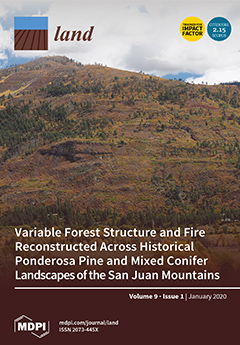Resource information
The role and importance of a built structure are closely related to the surrounding area, with interest in a given area having a concomitant effect on the relevance given to the constructions it may hold. Heritage interest in landscape areas has grown in recent times leading to a sound valorisation process. This connects with the recent concept of biological cultural heritage (BCH), or biocultural heritage (definition still in process), that can be understood as domesticated landscapes resulting from long-term biological and social relationships. Although pastoral enclosures (in large part dry-stone walling, whose construction has been recognised by UNESCO as Intangible Cultural Heritage of Humanity since 2018) arise as traditional rural constructions linked with a way of life already disappearing, engaged local communities are recovering their biocultural value in terms of identity and positive conservation outcomes. In this sense, this article focuses on valuing traditional stone-built pastoral enclosures in two locations on the Atlantic coast of western Europe: Frojám (NW Iberian Peninsula) and Ladydown Moor (SW England). Findings concerning plant communities related to current or ancient pastoralism, and artefacts of built heritage are described, and an emphasis is placed on community engagement as a mechanism for conservation. The resilience of species-rich grassland communities is identified as a manifestation of biocultural heritage and an opportunity for habitat restoration. Finally, current trends and improvements in understanding of biological heritage and community conservation are addressed.


